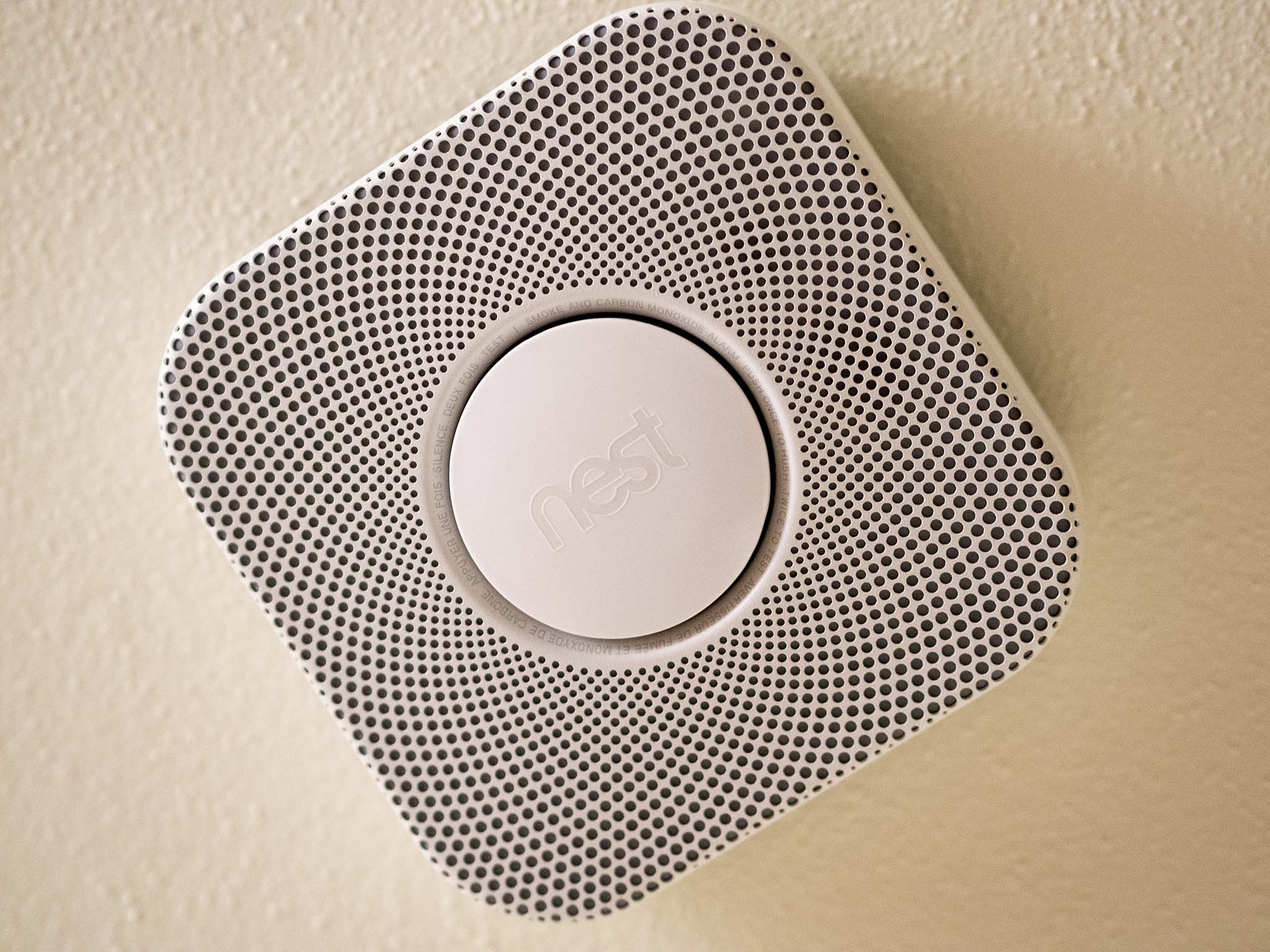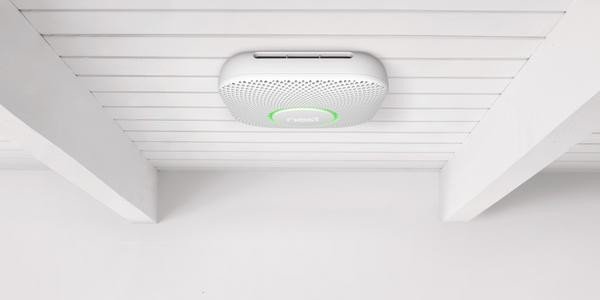5 Things You Should Know About Nest Protect

The 21st century didn't bring robot butlers and flying cars (yet) but our homes can be filled with smarter products. Take, for example, the Nest Protect.
While products like Google Home or the Amazon Echo are fun to use and can make some things more convenient, a smoke alarm can make the difference between life and death. It's a product that should be as smart as possible without introducing any new safety concerns. The Nest Protect had a bit of a rough patch when the first generation was recalled, but looking back I think everyone will agree that having a smoke alarm that does everything it can to let you know when there's a problem and have information for you when there isn't a problem is better than a dumb thing that knows nothing more than to beep when the battery is low.
If you're thinking about making the switch to a smarter smoke alarm, it's important you know as much as you can before you install it in the hallway. We've all heard the product pitches and read reviews both good and bad, but here are five things you might not know about the Nest Protect that you should know about it.
It performs a self-test over 400 times every day
The Nest Protect checks its power connection, back up battery (if hard-wired), the smoke and CO2 sensors, and it's connection every 200 seconds. It also tests the alert function once each month.
You're given a report each night as part of Nest's "Nightly Promise" but that doesn't mean it's only testing once each night. Testing every 200 seconds might sound like overkill, but not when talking about a smoke detector. Each evening you'll see the light glows green to let you know everything is good to go, and you can also check the app at any time. You can shut the Nightly promise feature off and only be notified if there is a problem, but the testing isn't user-configurable.
It will alert up to 20 different people if there's an alarm condition

We all know that Nest will beep in on our phone if it thinks there's a problem, but you can also set it to alert up to 19 others if you want it to.
Be an expert in 5 minutes
Get the latest news from Android Central, your trusted companion in the world of Android
You can invite 9 other people to your Nest Account. These folks will have full access to the settings of any Nest equipment and can do everything except change the billing information for any Nest subscriptions (only the designated owner has this access). Additionally, you can assign 10 others with "Home Entry Only" access. This gives them the code to silence any security alarms and lets them get alerts if you like.
If you're on vacation or out of town for work, having a trusted neighbor or family member who is close get any alarms is great. You can also make sure you would be notified if your parents or grandparents were to have their Nest Protect go off.
They only last 10 years
"Only" and 10 years may or may not belong together here, depending on what your expectations were. The hard-wired 120-volt smoke detectors in my house were installed when it was built in 1986 and still work great, but they don't have any of the Protect's extra features and better methods of detecting CO2 and false-alarm preventions.
Regardless, the Protect can be a relatively sizable investment so you need to know up front how long it should last.
There are differences between wired power and battery power
Ideally, you'll hard-wire a Protect and provide battery backup for the times when the power goes out. That can be expensive, though, and isn't for everyone, so the Nest also offers a fully battery-powered version. Using 6 AA batteries should give "multiple years" of battery life and the Nest app will let you know about 6 months before it's time to change them so you'll have plenty of notice.
The feature differences are significant, but thankfully have nothing to do with the detection and alarm capabilities — both versions are equal, and both test every 200 seconds. The differences:
- The wired version's Home/Away Assist feature (Nest products use sensors to tell when you're home) can override other Nest equipment if it sees you and your thermostat or camera doesn't. The battery version can't do this.
- Battery-powered versions update your Home/Away status less frequently, too.
- There is no LED power indicator on battery-powered versions.
These differences may be minor to you or they may not. The important thing is that you know about them before you buy anything.
It has different types of alerts for different types of emergencies
Nest Protect uses what the company calls "Split-Spectrum sensors" and advanced AI algorithms to monitor your home. This allows it to tell the difference between slow and fast burning fires and to help avoid alerts that would be false alarms.
You'll always be alerted, but Nest says you'll be given a "gentle Heads-Up" alert if it notices smoke slowly building and a more urgent and loud alarm if smoke reaches critical levels or if a fire is detected. The sensors are also specially tuned and paired with humidity sensors to prevent steam from cooking or the shower trigger an alarm.
I'm sure Nest has tested this enough to be 100% confident in the capabilities of it all, but I also think everyone thinking about buying a Nest Protect needs to know it in advance. This is what made me take a second look and decide against depending solely on Nest Protect. I hate the idea of false alarms as much as anyone, but I'd rather have a million of them than one "real" alarm that wasn't treated as such. I'm not implying that it doesn't work beautifully, I'm just being overly cautious. You deserve to have the same opportunity for caution, too.
In either case, a Nest Protect still works great as a smoke detector alongside a more traditional system, and you might still appreciate the remote monitoring and multi-user alert capabilities as much as I do.

Jerry is an amateur woodworker and struggling shade tree mechanic. There's nothing he can't take apart, but many things he can't reassemble. You'll find him writing and speaking his loud opinion on Android Central and occasionally on Threads.
